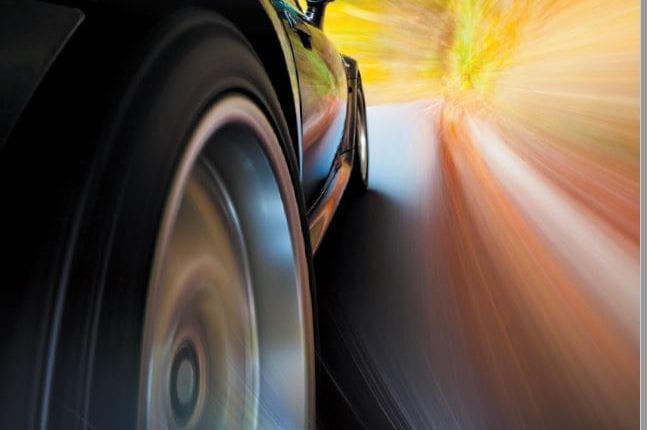[vc_row full_width=”stretch_row” css=”.vc_custom_1596124948550{background-color: #f1f1f1 !important;}”][vc_column width=”1/2″]
Checking tyres when buying a used car
- “How many miles has it done?”
- “Does it have a full-service history?”
- “Has it sustained any damage or needed repairing?”
However, many drivers purchasing a used car may neglect to check the condition, pressure and tread of the tyres, which could not only contribute to a substantial cost in soon having to replace them, but a greater cost if the tyres are unsafe.[/vc_column_text][/vc_column][vc_column width=”1/2″][vc_single_image image=”1284″ img_size=”full”][/vc_column][/vc_row][vc_row full_width=”stretch_row” css=”.vc_custom_1613495369299{border-bottom-width: 1px !important;padding-top: 20px !important;padding-bottom: 20px !important;border-bottom-color: #ededed !important;border-bottom-style: solid !important;border-radius: 1px !important;}”][vc_column width=”1/2″]
Check tyres before you buy
Tyres are considered a maintenance component, which will wear out, and also one in direct contact with the road environment so it’s susceptible to damage – proving what condition they were in when bought days or weeks ago is not possible.
If you inspect the tyres before you purchase the vehicle, you at least have chance for their replacement to be factored into the price you pay before you become responsible for them. Tyres can also give an insight into how well maintained the vehicle has been.
Differing tyres on each corner indicates it has been run on a budget and without much consideration of best practice as you should never mix tyres on the same axle. If the tyre has a date stamp older than the car, it may also indicate part worn tyres have been fitted, which is again cause for concern.
You might ask yourself, if they previous owner was minimising spend on tyres, have there been any other shortcuts in maintenance?[/vc_column_text][/vc_column][vc_column width=”1/2″]
Don’t dealers have a responsibility to check the tyres?
While some manufacturer “approved schemes” may stipulate minimum tread depth requirements, in general, a car sold by a dealer has to be roadworthy. Which means that tyres would only have to meet the minimum legal requirement of 1.6mm.
What’s more, buying a used car privately means no such scheme is in place, however private sellers have to ensure the car they are selling is also roadworthy.[/vc_column_text]
The car comes with an MOT, that means I’m ok, right?
Even in the event that the used car was put through its MOT just prior to selling, the difference between a legal and an illegal tyre is just 0.4mm (or just half the thickness of a bank card.)[/vc_column_text][/vc_column][/vc_row][vc_row full_width=”stretch_row” css=”.vc_custom_1613495359467{padding-top: 20px !important;padding-bottom: 20px !important;background-color: #f1f1f1 !important;}”][vc_column width=”1/2″]
So how can I check the tread depth?
Test driving the vehicle
How do I know if the tyres are in good condition?
If you still wish to purchase the vehicle then have the tyre inspected by a tyre professional at the earliest opportunity and bear in mind that this could incur the cost of repairing or replacing the tyre.[/vc_column_text][/vc_column][/vc_row][vc_row full_width=”stretch_row” css=”.vc_custom_1613495369299{border-bottom-width: 1px !important;padding-top: 20px !important;padding-bottom: 20px !important;border-bottom-color: #ededed !important;border-bottom-style: solid !important;border-radius: 1px !important;}”][vc_column]
Don’t forget…
If you find an issue with the tyres on a used car and would like to still purchase the vehicle, it is worth negotiating the cost of replacing the tyres into the purchase price, to ensure you are ready and equipped to replace them appropriately.
Even more importantly, the safety of you and your passengers is paramount, so if you proceed with purchasing and you suspect the tyres are near the end of their life, have them checked at the earliest opportunity by a professional.[/vc_column_text][/vc_column][/vc_row][vc_row][vc_column]

